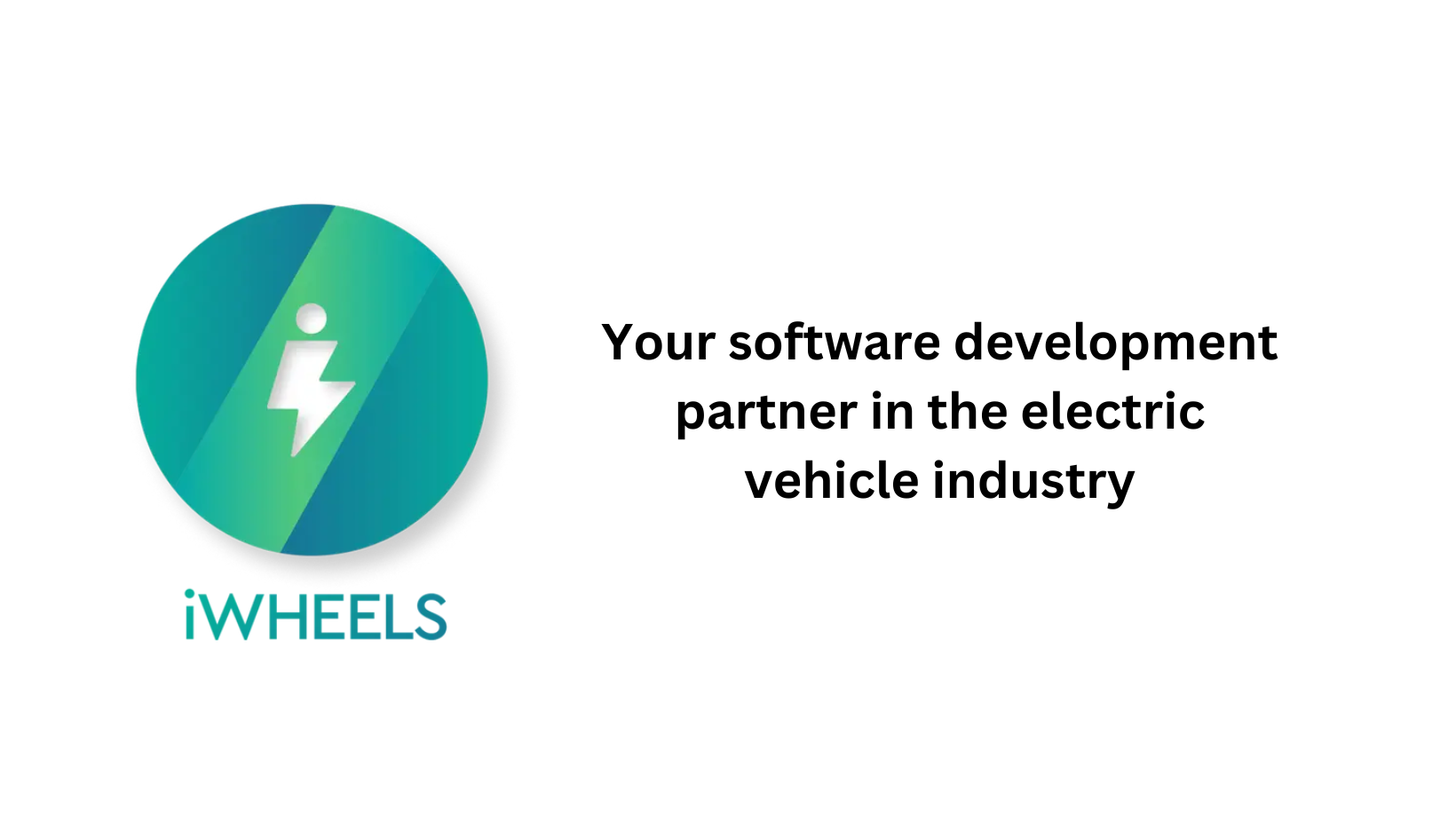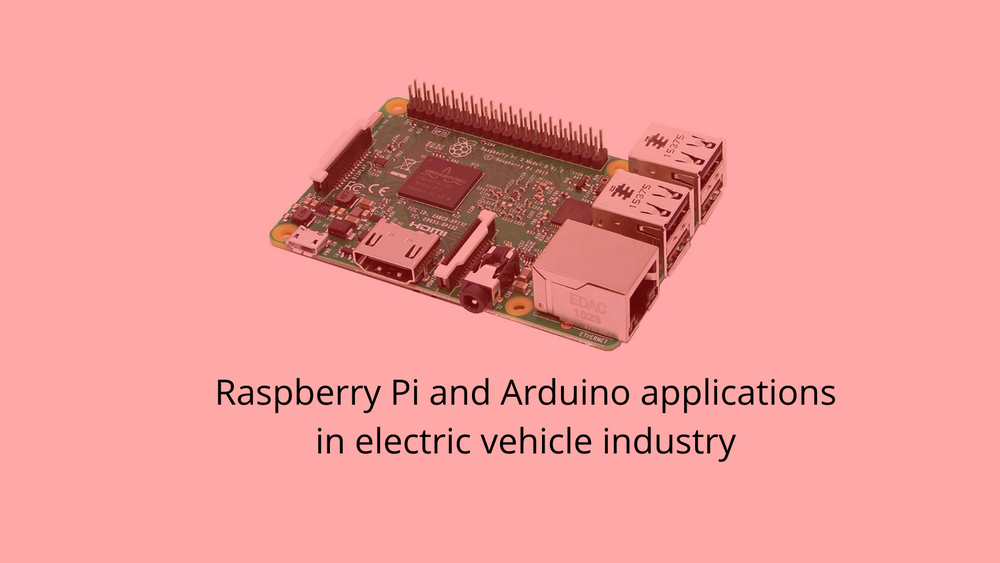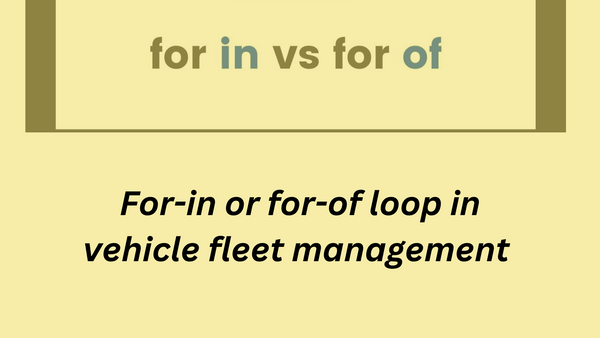Raspberry Pi and Arduino applications in electric vehicle industry
Hello People. This article is about Raspberry Pi and Arduino applications in electric vehicle industry. Earth is running out of fossil fuels, so people are hurrying to seek out alternative sources of energy and ways to provide them. Using electric vehicles might be the answer to scale back employment of fossil fuel, and also mitigate a separate issue the quantity of CO2 emissions.
Raspberry Pi 3 is a small development board minicomputer and that runs in a Linux based system, and it was developed by Raspberry Pi Foundation. It has USB sockets, which support numerous peripheral plug-and-play gadgets just like the keyboard, the mouse, the printer, etc. It has a video port HDMI (High Definition Multimedia Interface) to offer customers with video output. It consists of an ARM1176JZF-S 700 Meha Herts processor, 512 MegaBytes of Random Access Memory, and Video Core IV Graphics Processing Unit. And the speed of the board is 0.7 GHz - 1.4 GHz. It has an On-board memory of 1 GB random-access memory (RAM). The board has 1 to 4 USB ports. And it contains an 8P8C Ethernet port.

Some EV chargers use Raspberry Pi compute module. But to make it suitable for commercial applications a secure bootloader would be required. The power generated by the solar panel setup feds to the battery via the DC-DC converter and charge controller.
Are you looking to start your business in the electric vehicle industry? We provide software development, web application development, mobile application development, charging stations management app, electric vehicle fleet management software development, cyber security and all software services. Please check our home page here https://iwheels.co/

Ok. Let's get back to the article.
The current from the solar panel is taken by the DC-DC converter and passes it through the switching element and this turns the DC signal to AC signal. Then that converted AC wave passes through another filter which converts AC to signal of required voltage level. And also the power generated by the wind generator feds to the battery via AC – DC converter and charge controller.
The Power from the wind generator is the AC signal, but the battery needs DC signal only so that only AC – DC converter is employed here. The charge controller is to regulate the current in batteries during charging.
The battery is connected to Raspberry pi, which is programmed to calculate the amount of power have charged to electric vehicles and that information will send to the user via Blynk application.
Arduino also can be used to create a custom electric vehicle (EV) charging station. Designing your own gives you total control over the system, and it’s cheaper than purchasing a ready-made device.
EV chargers can be built around an Arduino Nano 33 IoT for control and current/voltage sensing, and connects via WiFi to a server that handles charging logic. UI can consist of a web app that uses WebSockets to listen for real-time updates and display power consumption for all three phases. Aside from the stats, the app can enable users to turn charging on/off or to a low-cost setting, which regulates charge depending on the price of energy at a particular time.
Hope this article on Raspberry Pi and Arduino applications in electric vehicle industry is useful to you. To read about jobs in the Electric Vehicle Industry, please visit Job opportunities in Electric Vehicle Sector and its Charging Infrastructure industry




